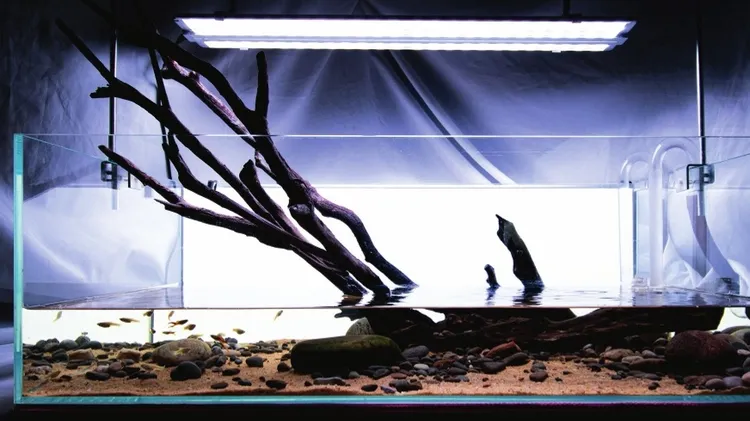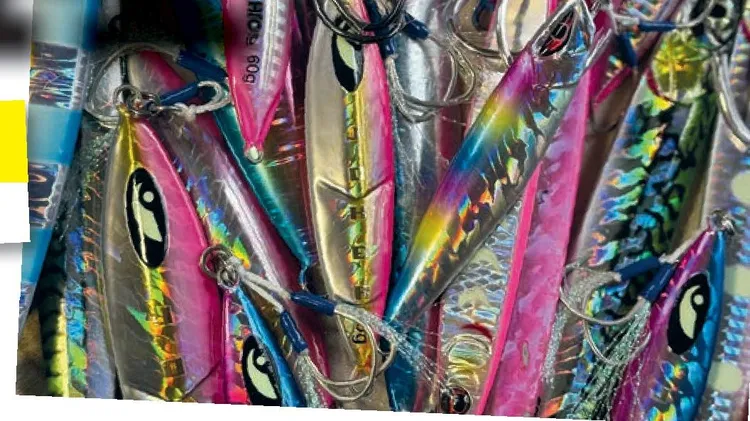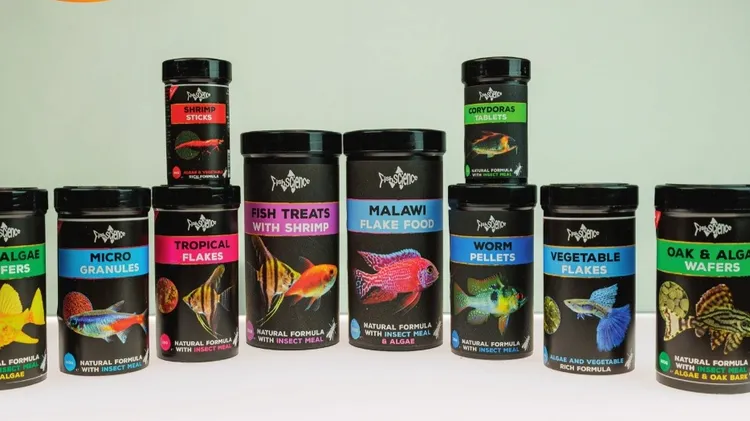Almost every fishkeeper needs to reach for a bottle of medicine at s
Off-the-shelf medications
6 min read
This article is from...
Read this article and 8000+ more magazines and newspapers on Readly






